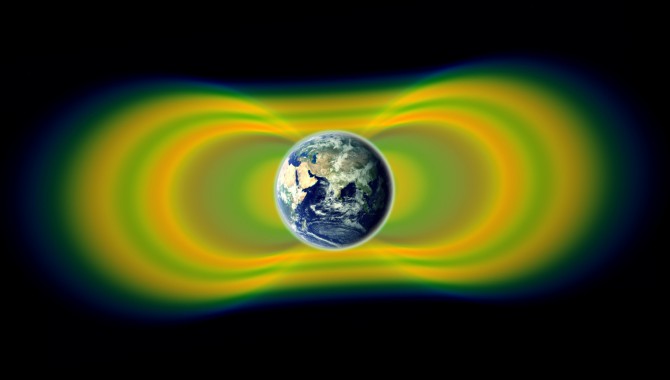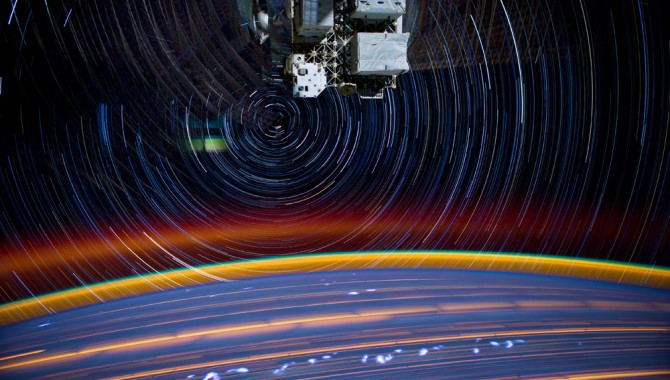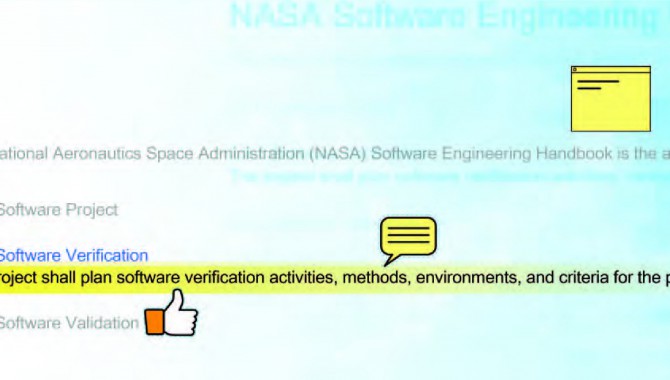
NASA in the News NASA’s Van Allen Probes discovered a previously unknown, transient third radiation belt around Earth, revealing the existence of unexpected structures and processes within these hazardous regions of space.

NASA in the News NASA’s Van Allen Probes discovered a previously unknown, transient third radiation belt around Earth, revealing the existence of unexpected structures and processes within these hazardous regions of space.
By Laurence Prusak A few decades ago a Massachusetts Institute of Technology researcher, Ithiel de Sola Pool, put out a book called Predicting the Telephone.
By Ed Hoffman Project-based organizations like NASA have a paradox embedded in their DNA: the tension between the organization’s need for stability and the inherent uncertainty of complex projects.
Don Cohen, Managing Editor Everyone who is familiar with NASA missions knows that most of them involve collaboration among many organizations and individuals.

This is a composite of a series of images photographed from a mounted camera on the Earth-orbiting International Space Station, from approximately 240 miles above Earth. Expedition 31 Flight Engineer Don Pettit said of the photographic techniques used to achieve the images: “My star-trail images are made by taking a time exposure of about 10 […]

By Haley Stephenson Using a wiki platform, the NASA Software Engineering Working Group has set a new precedent for collaboratively authoring, reviewing, and enabling interactivity for handbooks at NASA.

By Kerry Ellis Astronaut Don Pettit began his career with NASA seventeen years ago and has since flown on three spaceflight missions.